Meet the myth
Meet the local legend and globally-recognised icon with a visit to Merlion Park.
Meet the local legend and globally-recognised icon with a visit to Merlion Park.
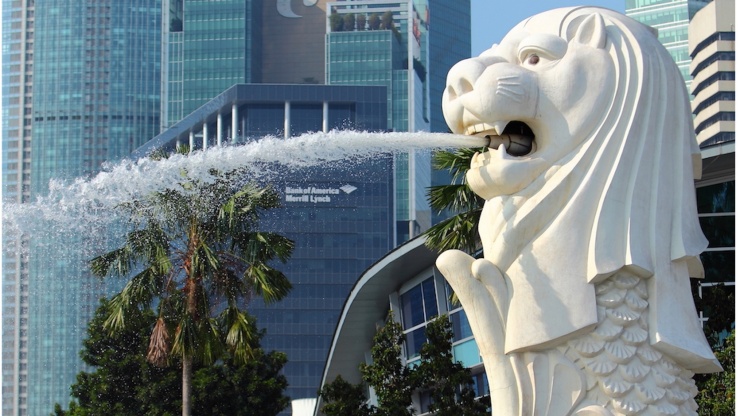
The Merlion, which merges the symbol of a fish and a lion, is an unmissable Singapore icon.
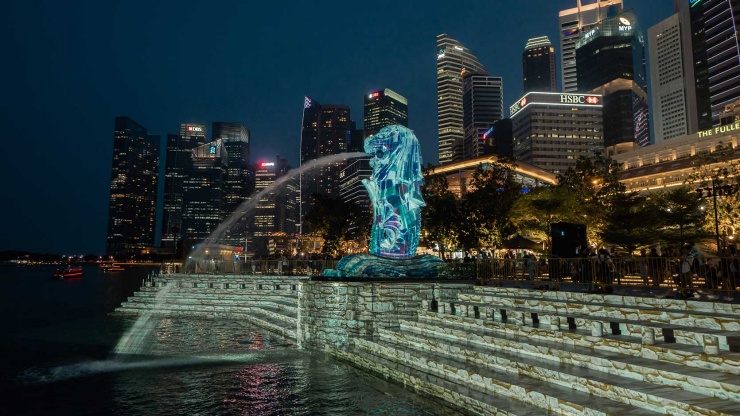
Come see the Singapore icon that is half-fish and half-lion at the Merlion Park.
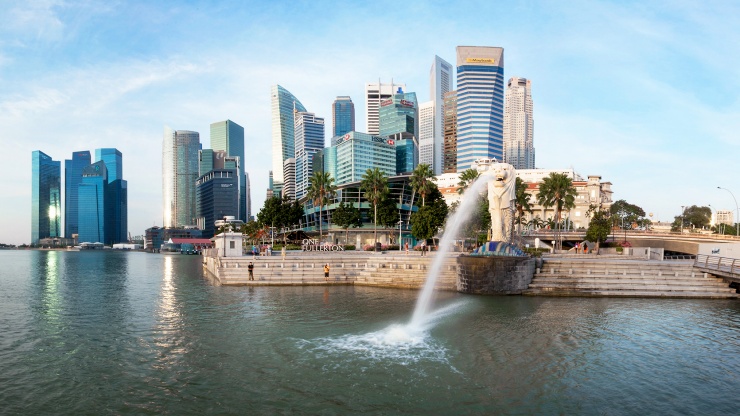
Be fascinated by the stories behind the Merlion and how Singapore came to be.
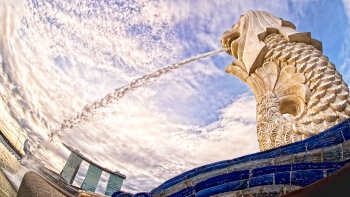
Photo by Andrew Tan
Travellers acquainted with Singapore will probably already know of our city’s national icon—the mythical Merlion, which possesses the body of a fish and the head of a lion.
One of the most famous depictions of this iconic symbol is the statue found at Merlion Park—a scenic spot located at One Fullerton, Singapore, near the Central Business District.
Before you pay a visit to this beautiful locale, you may want to learn more about the symbolism behind the Merlion, and how it intertwines with our nation’s history.

Photo by Yik Keat
The Merlion being part-lion and part-fish is a tale that runs more than just skin (or stone) deep.
The Merlion’s fish-like body symbolises Singapore’s origins as a fishing village, known as Temasek—a name which comes from same root as the word tasek (‘lake’ in Malay).
The statue’s head represents the city’s original name of Singapura (lion city in Sanskrit). According to legend, Sang Nila Utama—a Srivijayan prince of Palembang—landed on our shores amidst a tempest at sea.
Near the mouth of the Singapore River, the prince spied a strange creature which he identified as a lion, thus giving Singapura its name.
Today, you can glimpse echoes of this legend, embodied in the statue at Merlion Park.
Spouting water from its mouth, the Merlion statue stands at 8.6 metres and weighs 70 tonnes. Originally located at the mouth of the Singapore River, it was built by local craftsman Lim Nang Seng, designed by Kwan Sai Kheong, and unveiled on 15 September 1972 by then-Prime Minister Lee Kuan Yew.
With the completion of Esplanade Bridge in 1997, the statue could no longer be viewed clearly from the waterfront and was relocated to the Merlion Park, which stands in front of Fullerton Hotel and overlooking Marina Bay.
As you travel across our island, see if you can spot other statues of our city’s national icon, which has inspired travellers, poets and Singaporeans alike.
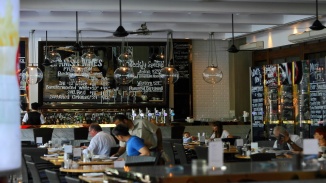
With its nautical theme and menu of American comfort food, PS Café’s a great spot to kick back, relax and enjoy a meal after visiting the Merlion.
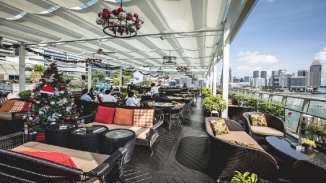
Located atop The Fullerton Bay Hotel, the name of this rooftop bar pays homage to the red lanterns that used to line Clifford Pier. Come for the cocktails and linger for the view.

If you’re looking for an after dusk activity, catch the bright lights of our city’s urban nightscape and experience an unforgettable ride on the Singapore River Bumboat Cruise.

A favourite haunt of local photographers, the Esplanade Bridge boasts a beautiful view of the Singapore River—We recommend visiting in the evening to capture the glimmering city lights.
This service is provided in partnership with Expedia. Clicking ‘Search’ will redirect you to Expedia’s travel portal. Do note that each booking is limited to a maximum of 6 pax in total.
Search for destination using the search above
Check Out